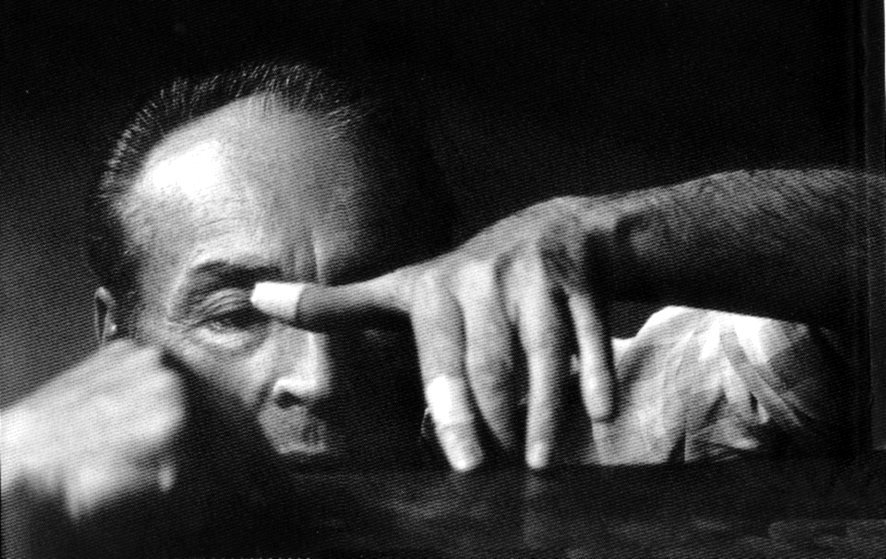"All in the Dances"
After our afternoon at the Carolina Ballet, Terry Teachout sent me his book, All in the Dances: A Brief Life of George Balanchine.
It seems I'm a member of the very group he wrote it for: people new to ballet. I read it all in one afternoon - couldn't put it down - recommend it highly, although it was quite sad.

It's a beautiful-looking book with a satiny matte black jacket; the well-chosen cover photos almost sum up Balanchine's life in themselves.
Since "mere words, no matter how precise or evocative, can do little more than suggest the emotional effect produced by looking at one of his ballets," one yearns to see these ballets after reading about them.
The book is written simply and warmly. It slips by, an informal reflection - in galloping fast forward - of the blossoming and fading of a great man, and of the fragile young ballerinas for whom, around whom, because of whom he built his masterpieces. Balanchine was always aware that his art was evanescent, that his dancers were mortal, that moments of beauty are precious and can never be retrieved.
It's this side of the story that really struck me...
| "Love is a very important thing in a man's life, especially toward the end ... more important than art." Ballets, he had always said, were like butterflies: "A breath, a memory, then gone." |
Balanchine was born in Russia in 1904. The day he was sent out to enroll in the Naval Academy, it was full -- so he trailed off behind his sister and enrolled in ballet school instead.
The rest of his family moved to Finland, and then in 1917 to Georgia; he never saw his mother or sister again. He lived a lonely and austere life in the ballet school barracks. "Balanchine's ballets, early and late, are full of unsettling images of loss ... Balanchine took for granted that earthly love must end in separation."
He married the first of his four ballerina wives in 1922 and fled the Soviet Union in 1924. In 1929, having barely survived pneumonia and tuberculosis, "he determined ... to spend the rest of his days living in the present. It was a resolution from which he never wavered."
| Of all his oft-repeated refrains, the most familiar was Do it now! 'Why are you stingy with yourselves?' he would ask his dancers. 'Why are you holding back? What are you saving for - for another time? There are no other times. There is only now. Right now.' |
Balanchine was brutal with his many lovers, and with his other dancers too - he took their roles away, and fell out of love with them, when they were "too old." There would, naturally, always be more: "You look around, and there are so many marvelous women."
| "It was Balanchine's habit to fall in love not with creatures of flesh and blood but with fantasies of his own devising. Like most such romantic idealists, he was aroused by pursuit and disillusioned by capture, and no sooner did he marry his latest muse and capture her essence in a new ballet than he started looking elsewhere for inspiration." |
"In 1954 he choreographed Tchaikovsky's Nutcracker for New York City Ballet and appeared on the cover of Time. From then until his death in 1983 ... he was one of the best-known artists in America. ... those were the days of the 'dance boom,' the dizzy quarter-century-long interlude when Edward Villella danced on the Ed Sullivan Show ... and the defections of Rudolf Nureyev and Michail Baryshnikov were front-page news..."
He had decades-long collaborations with Igor Stravinsky and Jerome Robbins. He revolutionized choreography. His work is revered everywhere. But, like a lot of driven men, he had a restless, selfish love-life.
One dancer "noticed that his major romances all lasted for roughly seven years, and that he usually married the women in question when they were twenty-one years old. Only one thing had changed: they were as young as ever, but he was growing older..."
His last great obsession was with Suzanne Farrell, forty-two years younger than he.
| "It's hard to talk to young women when you're not so young, when you're over fifty ... If they're seventeen, they want seventeen-year-old friends. Of course, you can be philosophical about it, ... but it can still annoy you, especially if you don't want to make a nice impression but are seriously attracted." |
Pathetically, Balanchine choreographed in 1965 a Don Quixote in which young Farrell played Dulcinea and he himself played the Don, "dancing a pas de deux in which he pursued her on his knees."
Eventually Balanchine's heart failed. He also suffered, astonishingly, from Creutzfeldt-Jakob disease (related to mad cow disease), probably caused by "rejuvenating injections of sheep-placenta extract ... such treatments were the Viagra of their day ..." He died in 1983.
| Balanchine felt his legacy would not be long-lived. "Choreography is like cooking or gardening. Not like painting, because painting stays. Dancing disintegrates. Like a garden. Lots of roses come up, and in the evening they're gone." |
For the rest - read the book...
Technorati Tags: Dance, Balanchine, Teachout



 A few of my daughter
Melina's great posts:
A few of my daughter
Melina's great posts:








1 Comments:
ICK. A man over 50 should not be "seriously attracted" to 17 year olds.
Post a Comment
<< Home